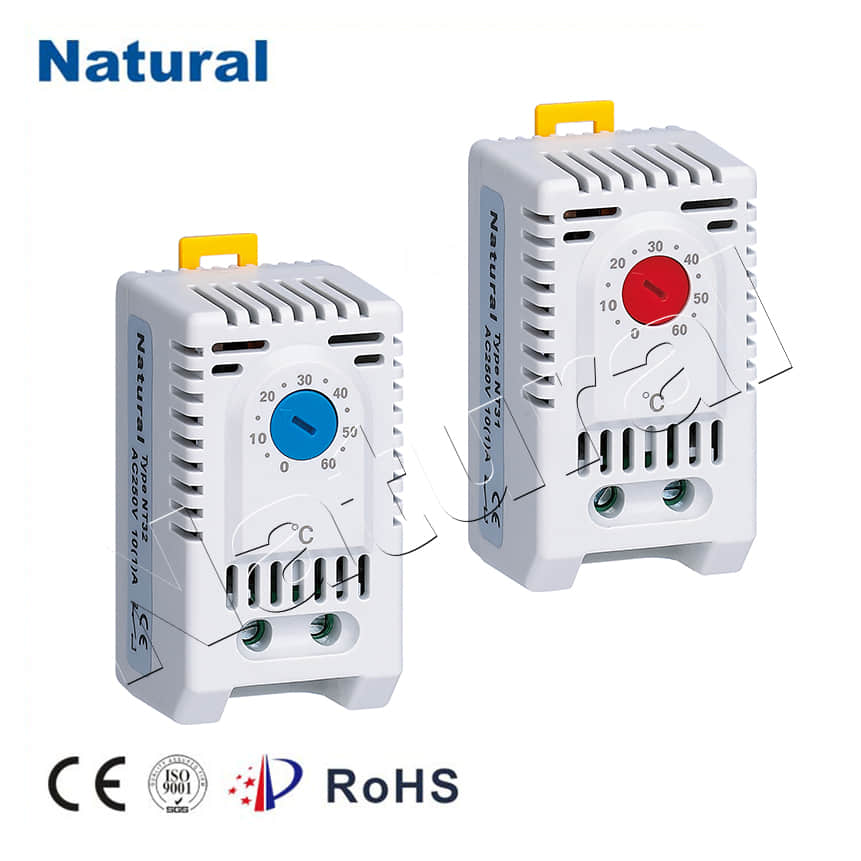In the realm of modern home automation, the DIN thermostat stands out as a remarkable innovation that has transformed the way we manage and optimize indoor comfort. With its sleek design and advanced features, the DIN thermostat has become an essential component of smart homes worldwide. In this article, we will delve into the fascinating world of the DIN thermostat, exploring its functionalities, benefits, and its impact on enhancing living spaces.

The DIN thermostat, short for "Deutsches Institut für Normung," is a type of smart thermostat designed to be installed in standard DIN rails commonly found in electrical distribution panels. Its compact form factor and compatibility with existing electrical infrastructure make it an ideal choice for both residential and commercial settings. One of the standout features of the DIN thermostat is its advanced temperature control capabilities. Unlike traditional thermostats, which often provide basic on/off control, the DIN thermostat offers precise temperature regulation through programmable setpoints and scheduling. This means that users can effortlessly set different temperatures for various times of the day, optimizing energy usage and creating a comfortable environment without manual intervention.
Integration with smart home systems is another hallmark of the DIN thermostat. Through Wi-Fi or Bluetooth connectivity, users can control the thermostat remotely using their smartphones or other smart devices. This feature allows for real-time monitoring and adjustments, even when away from home. Imagine being able to adjust the temperature while commuting back from work, ensuring a cozy home awaits your return.
Energy efficiency is a key concern in today's world, and the DIN thermostat addresses this with its adaptive learning capabilities. By analyzing usage patterns and occupancy, the thermostat can make intelligent decisions to reduce energy consumption. For instance, if it detects that a room is unoccupied, it can adjust the temperature settings to conserve energy until someone enters the space.
Furthermore, the DIN thermostat often comes equipped with sensors that measure factors beyond temperature, such as humidity and air quality. This holistic approach to indoor climate control ensures not only comfort but also a healthier living environment. Proper humidity and air quality levels are known to have a positive impact on health, sleep quality, and overall well-being.
The DIN thermostat's impact extends beyond individual households. In commercial buildings, where energy efficiency is paramount, these smart thermostats can contribute to significant cost savings by optimizing heating, ventilation, and air conditioning systems. Large-scale deployment of DIN thermostats in commercial spaces can collectively make a substantial contribution to reducing carbon emissions.
In conclusion, the DIN thermostat represents a significant leap in the evolution of home comfort and automation. Its blend of precision temperature control, remote accessibility, energy efficiency, and integration with smart systems showcases its versatility and adaptability to modern living. As technology continues to advance, we can expect even more sophisticated features to be integrated into these thermostats, further enhancing our quality of life and reducing our ecological footprint. The DIN thermostat has not only revolutionized the way we interact with our living spaces but also paved the way for a more sustainable future.
 28 items Patent
28 items Patent
 28 items Patent
28 items Patent
 28 items Patent
28 items Patent

